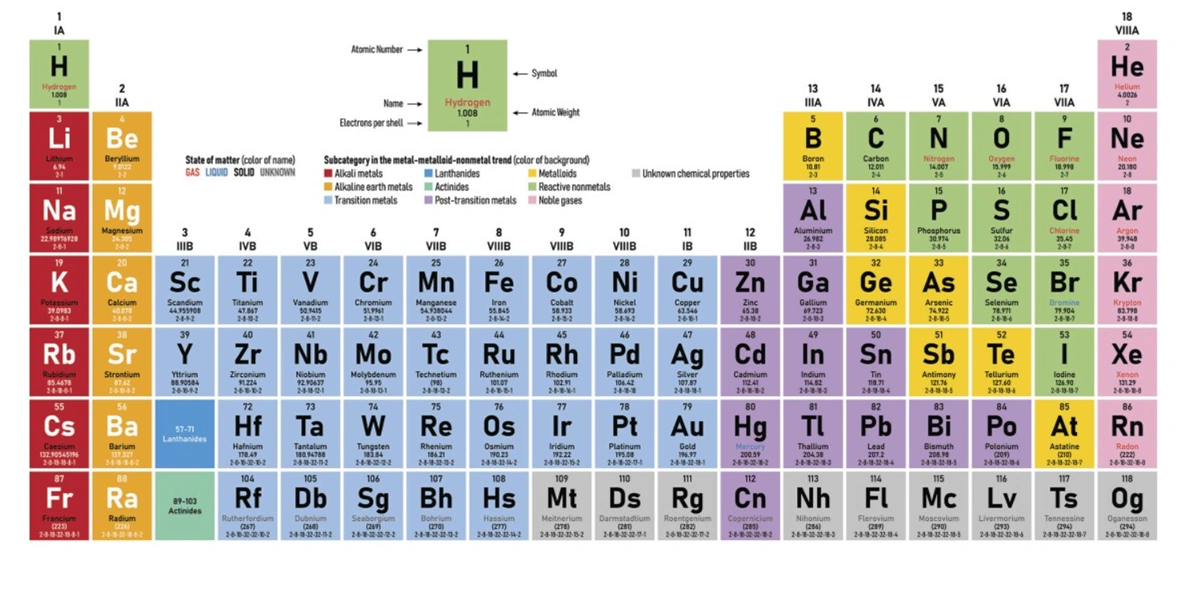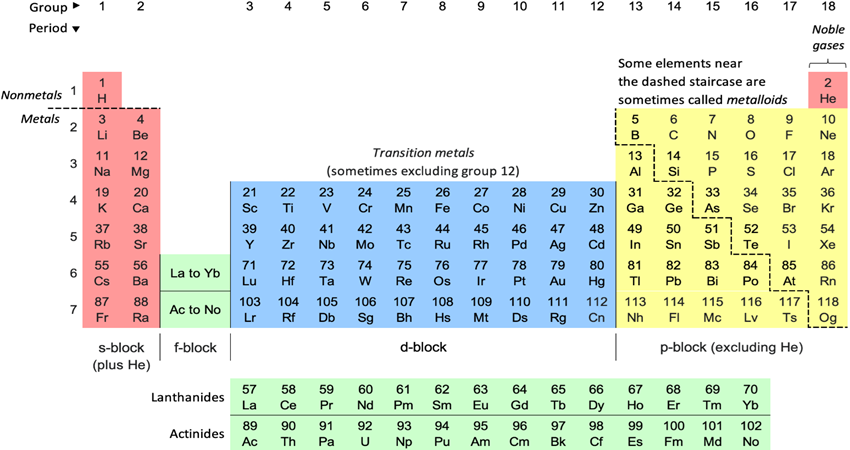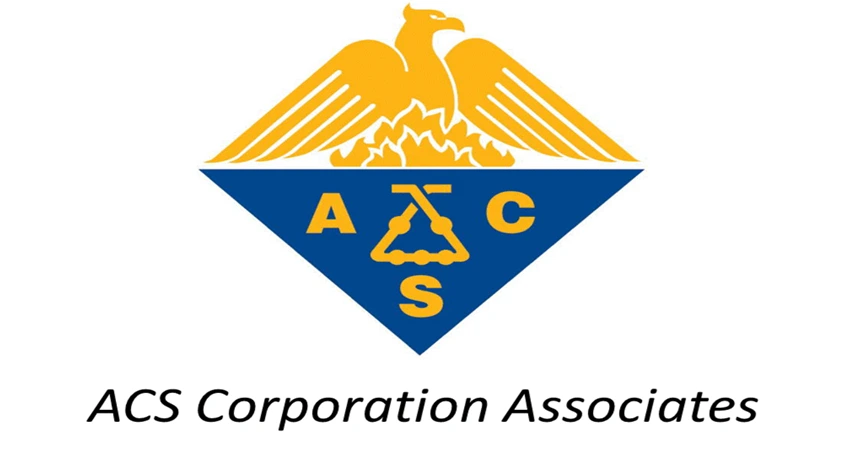There has been a significant push towards developing portable, cost-effective, and highly sensitive diagnostic tools. One of the most promising technologies emerging in this field is the Nano Electrokinetic-Assisted Paper Electrochemical Assay. This innovative technique combines the principles of electrokinetic at the nanoscale with the simplicity of paper-based assays, revolutionizing the way we perform point-of-care diagnostics.

What is Nano Electrokinetic-Assisted Paper Electrochemical Assay?
A Nano Electrokinetic-Assisted Paper Electrochemical Assay (NEPEA) is a hybrid diagnostic platform that leverages nano-scale electrokinetic phenomena to enhance the performance of traditional paper-based electrochemical assays. Paper electrochemical assays are well-known for their low cost, ease of use, and portability. However, they often suffer from limited sensitivity and specificity due to the uncontrolled fluid dynamics within the porous paper matrix. The integration of nano electrokinetics helps overcome these limitations by providing precise control over the movement and concentration of analytes.
How Does It Work?
The core of the NEPEA technology lies in the manipulation of charged particles at the nanoscale using an electric field. Here’s a breakdown of how it works:
- Sample Introduction: The process begins with introducing a small volume of the biological sample (e.g., blood, saliva, or urine) onto the paper substrate that has been pre-treated with specific reagents.
- Nano Electrokinetic Manipulation: An electric field is applied to the paper substrate, generating electrokinetic forces that drive the movement of charged particles, such as ions, proteins, or DNA, towards the sensing area. The use of nano-scale electrodes allows for highly precise control of this movement, effectively concentrating the target analytes in a specific region.
- Electrochemical Detection: Once the target analytes are concentrated at the detection zone, an electrochemical reaction occurs, resulting in a measurable signal. The signal intensity is directly proportional to the concentration of the target analyte, providing quantitative results.
- Data Analysis and Interpretation: The electrochemical signals are then processed using a portable reader device or a smartphone-based platform. This provides instant results, which can be easily interpreted for diagnostics.
Advantages of NEPEA
The Nano Electrokinetic-Assisted Paper Electrochemical Assay offers several advantages over traditional diagnostic methods:
- Enhanced Sensitivity and Specificity: By using nano electrokinetics to concentrate analytes, NEPEA can detect even low-abundance biomarkers, improving sensitivity and specificity.
- Rapid and Portable: The paper-based nature of the assay makes it highly portable and suitable for point-of-care testing. Results can be obtained in minutes without needing a laboratory.
- Cost-Effective: Compared to traditional diagnostic equipment, NEPEA is significantly less expensive, making it accessible for resource-limited settings.
- Multiplexing Capability: NEPEA can simultaneously detect multiple analytes, providing comprehensive diagnostic information from a single sample.
Applications in Healthcare and Beyond
The potential applications of NEPEA are vast. In healthcare, it can be used for early disease detection, monitoring chronic conditions, and rapid pathogen detection in infectious diseases. Beyond healthcare, it could be adapted for environmental monitoring, food safety testing, and even biosecurity applications.
Challenges and Future Directions
While NEPEA is a groundbreaking technology, several challenges need to be addressed for widespread adoption:
Fabrication and Reproducibility: Ensuring consistent quality and performance in the fabrication of nano-electrodes on paper substrates is crucial.
Integration with Digital Platforms: Seamless integration with digital platforms for data analysis and sharing is essential for maximizing the utility of NEPEA in remote and underserved areas.
Regulatory Approval: As with any new diagnostic technology, achieving regulatory approval for clinical use requires rigorous validation and testing.
Looking ahead, advancements in nanomaterials, microfluidics, and biosensing technologies are likely to further enhance the capabilities of NEPEA, paving the way for a new era of diagnostics that is fast, affordable, and accessible to all.
| Read More Topics |
| Alphabetically first gas on the periodic table |
| Chemistry in environmental studies project based learning |
| Desalination of brackish water |





